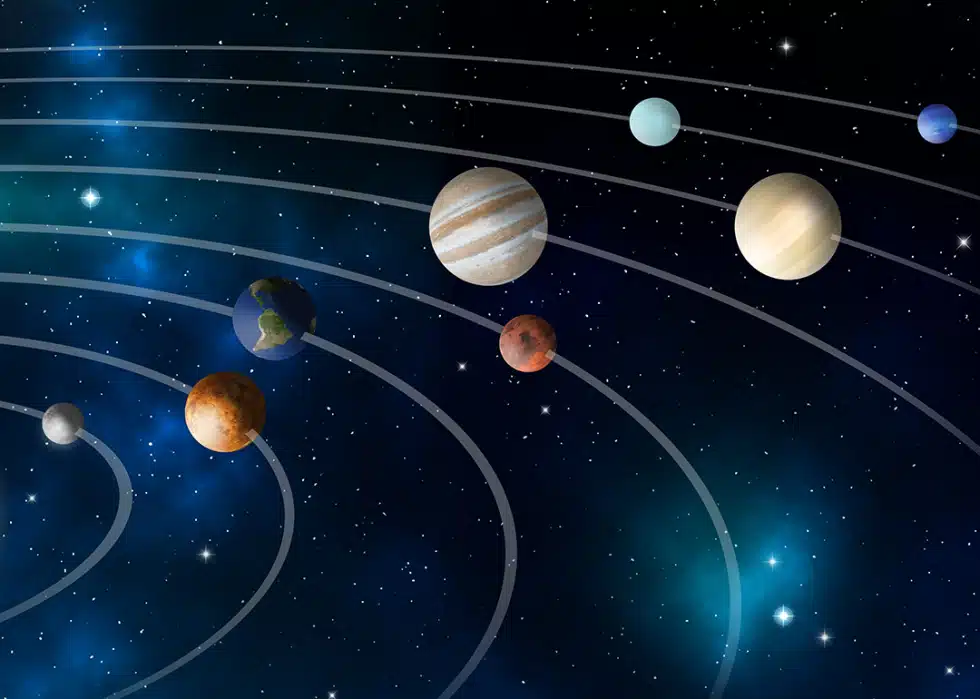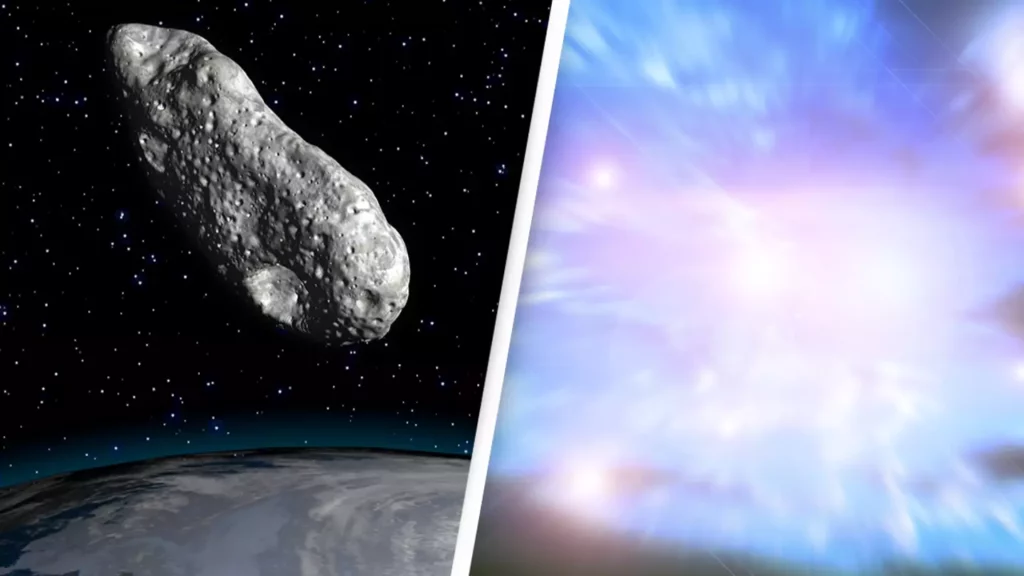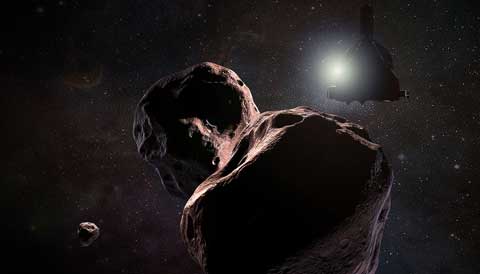In the last decade, we’ve had plenty of opportunities to observe breathtaking cosmic phenomena.
We’ve had an extremely unusual total solar eclipse, and the sun is approaching its peak activity, which has resulted in gorgeous auroras on Earth.
But soon, we’ll be able to watch something even more incredible: one of the most uncommon space phenomena the world has ever seen.
A visit from asteroid 99942 Apophis is expected in the coming years, but what makes it so special?
READ MORE: SpaceX’s Starlink Internet Is About To Get Faster And More Reliable, Thanks To The FCC
When Apophis was identified in 2004, observations indicated that it was at level two on the Torino impact danger scale.

While level 2 indicates that the probability of causing harm on Earth is low, additional observations conducted last December raised it to level four due to a 1.6% likelihood that the asteroid will strike us in 2029.
So, what does level four signify in terms of the threat to us? NASA explains: “A close encounter that merits astronomers’ attention.” According to current projections, there is a one percent or greater possibility of a collision that might cause regional destruction. Most likely, new telescopic observations will result in a re-assignment to level 0. The public and public officials should pay attention if the encounter is less than a decade away.”
READ MORE: NASA Spacecraft Is Scheduled To Make A Solar “Landing” Attempt
No object has ever reached level four, thus the asteroid is causing concern at NASA.

Apophis will not collide with Earth in 2029, 2036, or 2068, although observations indicate that there will be some close encounters.
Davide Farnocchia of NASA’s Center for Near-Earth Object Studies said of the asteroid: “A 2068 impact is no longer a possibility, and our calculations show no impact risk for at least the next hundred years.”
READ MORE: Beginning In 2024, Starlink Will Provide Texting From Space
While there will be no direct strike in 2029, the asteroid will come very close to Earth.
Apophis will pass within 32,000 km of the Earth’s surface, closer than several of our satellites.

The asteroid should be visible from the Eastern Hemisphere without using a telescope or binoculars.
The European Space Agency (ESA) described the flyby as “one of the rarest space events of our lives.”
ESA noted in an X post that the 2029 flyby is an extremely unusual event. By comparing impact craters throughout the Solar System to the sizes and orbits of all known asteroids, experts predict that an asteroid as huge as Apophis rarely passes this close to Earth once every 5,000 to 10,000 years.”
Radiant TV, offering to elevate your entertainment game! Movies, TV series, exclusive interviews, music, and more—download now on various devices, including iPhones, Androids, smart TVs, Apple TV, Fire Stick, and more.


